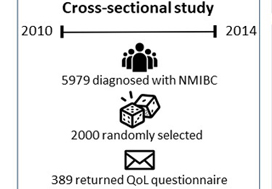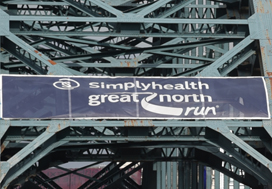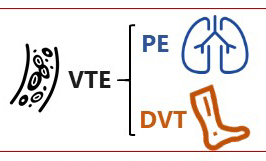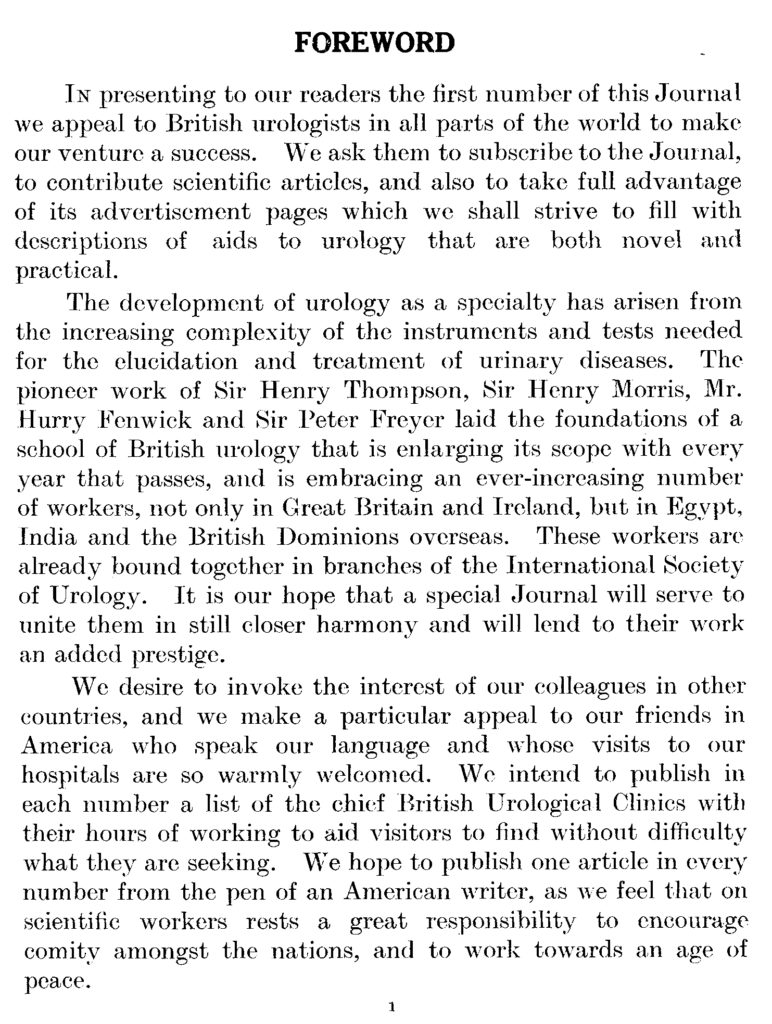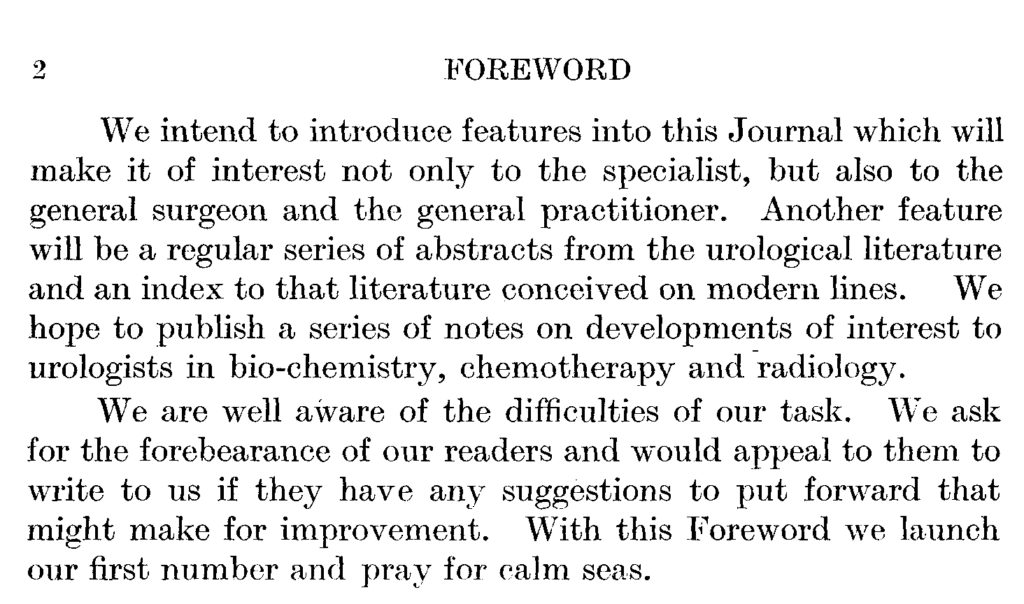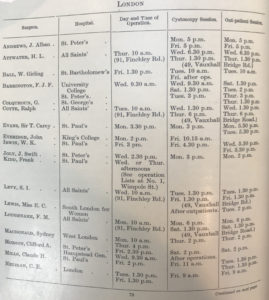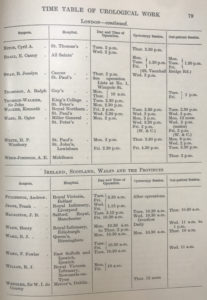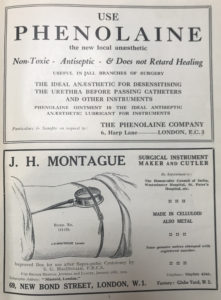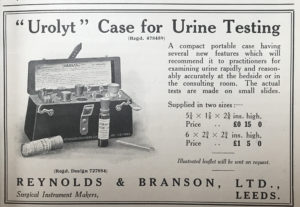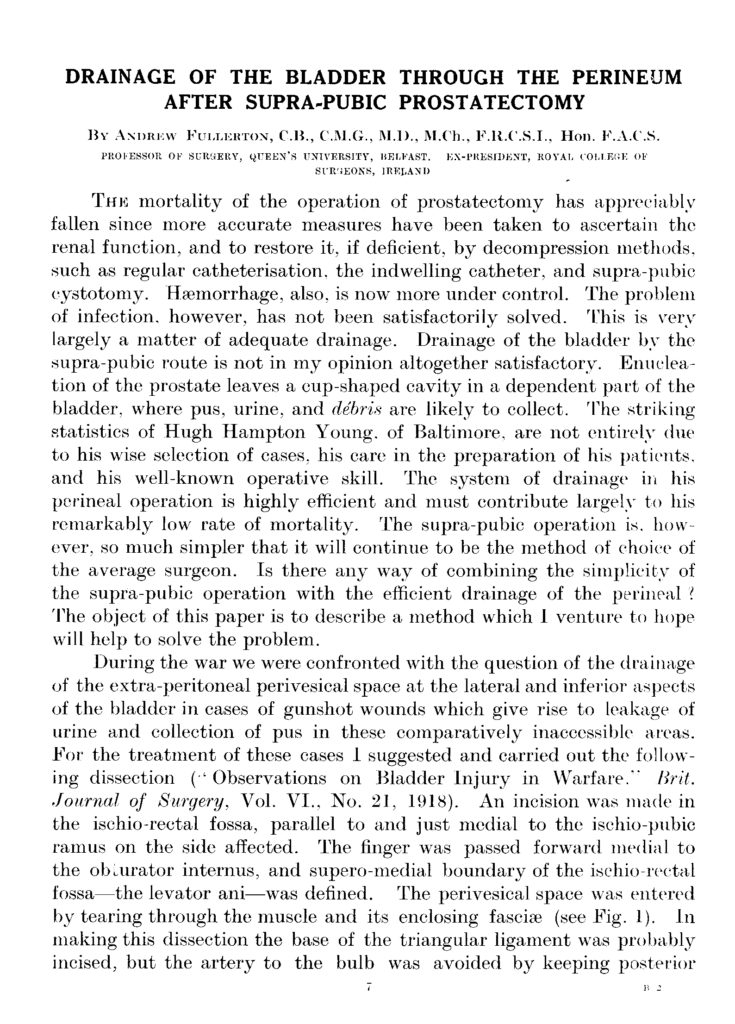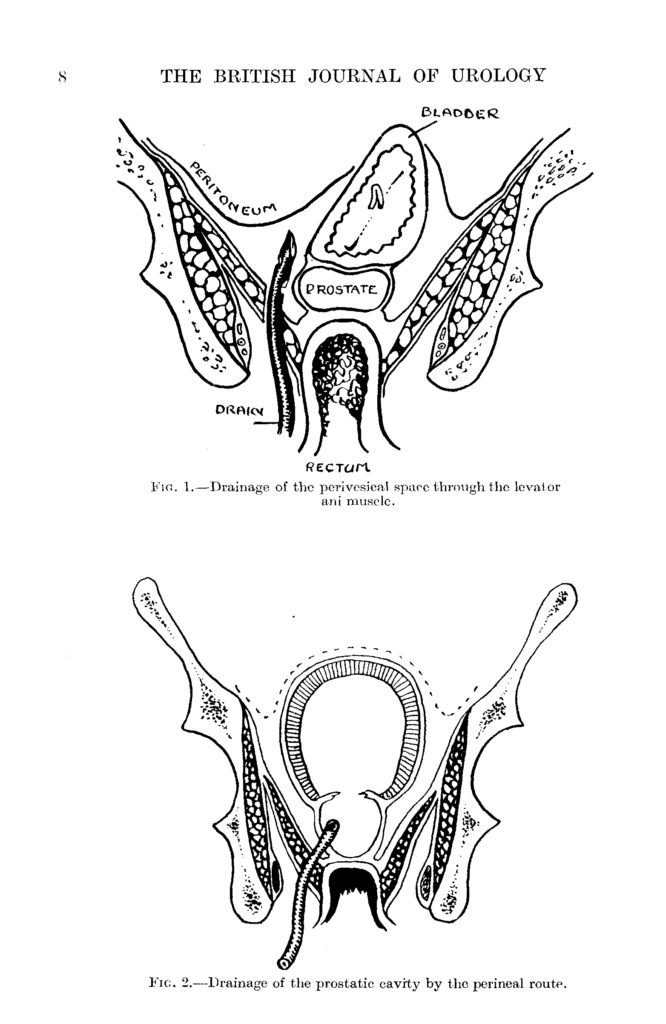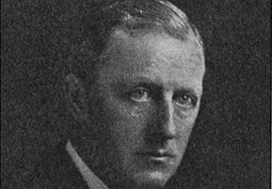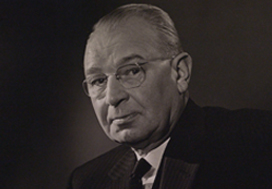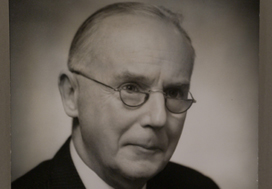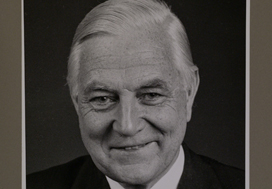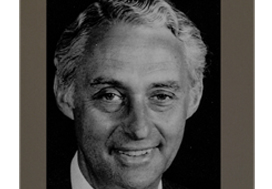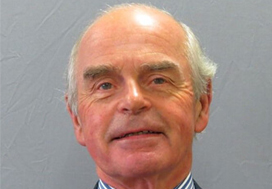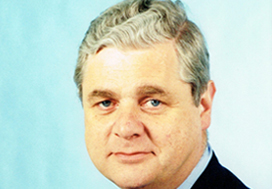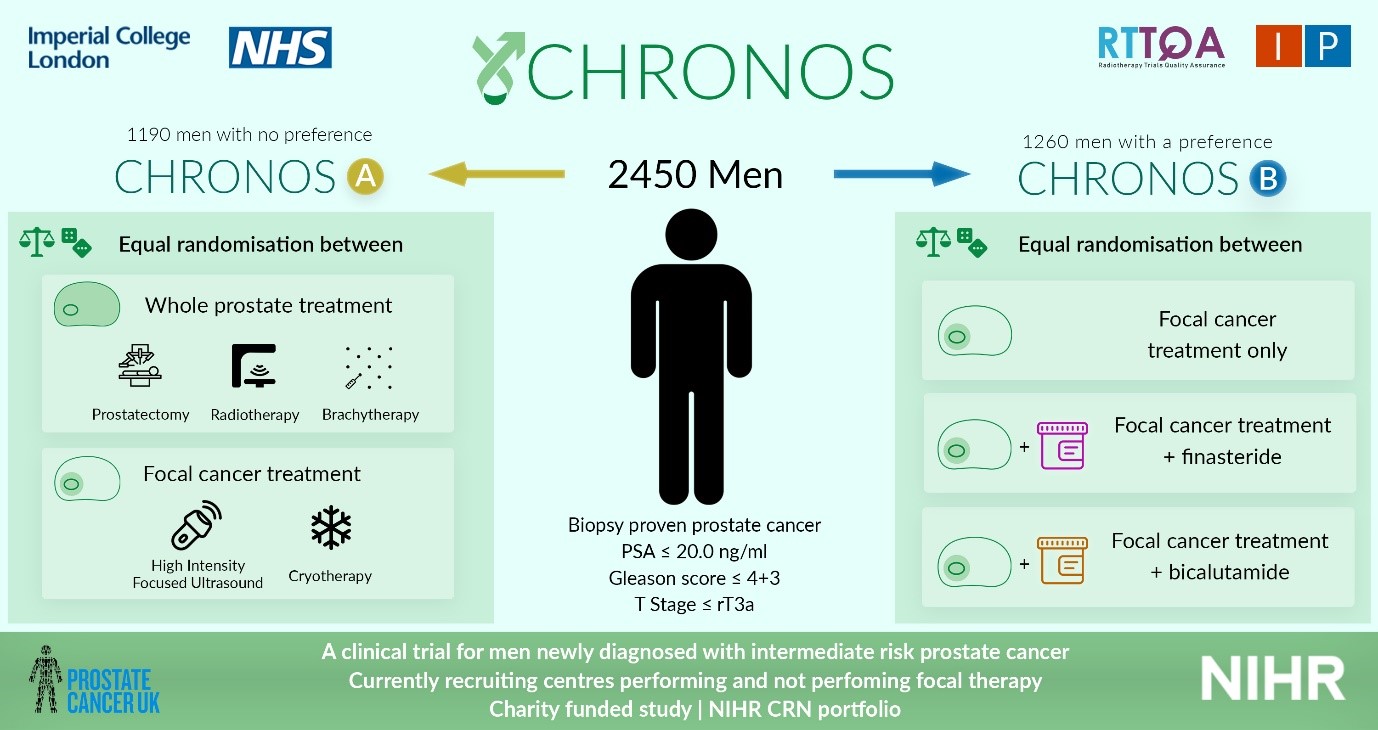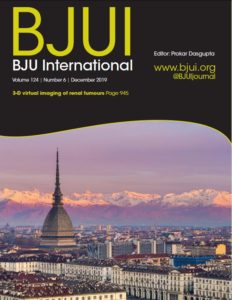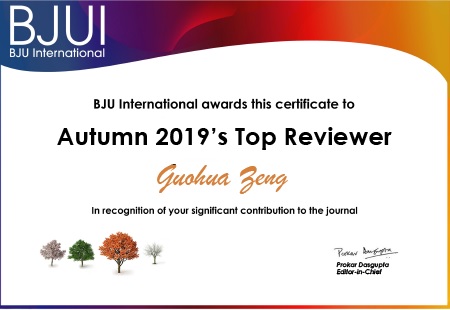January 2020 – About the cover
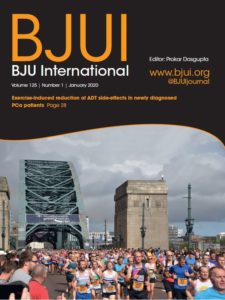 The first Article of the Month for 2020 is from work carried out at Northumbria University in Newcastle, Norfolk and Norwich University Hospital, both in the UK, and James Cook University in Queensland, Australia (Exercise-induced reduction of ADT side-effects in newly diagnosed PCa patients beginning androgen‐deprivation therapy: a randomised controlled trial). The article discusses the benefits of exercise in improving quality of life and reducing cardiovascular events following treatment for prostate cancer.
The first Article of the Month for 2020 is from work carried out at Northumbria University in Newcastle, Norfolk and Norwich University Hospital, both in the UK, and James Cook University in Queensland, Australia (Exercise-induced reduction of ADT side-effects in newly diagnosed PCa patients beginning androgen‐deprivation therapy: a randomised controlled trial). The article discusses the benefits of exercise in improving quality of life and reducing cardiovascular events following treatment for prostate cancer.
The cover image shows the city of Newcastle during the Great North Run – the city’s iconic half marathon – which takes place every year in September. It was created by former Olympic Bronze 10, 000m medalist, Brendan Foster, in 1981 and in 2014 the one millionth runner crossed the finish line.
©shutterstock
90 years of BJU International
This blog marks the launch of the British Journal of Urology 90 years ago. Since then the Journal has undergone many changes as urology and the publishing environment have changed. The first Editors outlined their vision in the Foreword of the first issue, which includes an introduction to the speciality, the locations and opening hours of Urology Clinics and a plea for peace:
The British Journal of Urology Vol.1 1929
From the outset, the Editors placed emphasis on seeking collaboration and contributions internationally. From 1929 up to 1942 there was even a section in the Journal advising urologists visiting London where to find details of urological clinics which they could visit.
“This time-table is published in each number of the Journal for the guidance of travelling medical practitioners who may wish to visit Urological Clinics.
Visitors to London are advised to call at No.1 Wimpole St, W.1, where daily bulletins of operations and lectures issued by the Fellowship of Medicine are available for inspection….”
Advertisements
A sample of the advertisements included in the first edition shows the kit available at the time.
Articles
The first two pages of the very first article are reproduced here and can be accessed via Wiley Online. Note the detailed hand-drawn diagrams. It is also interesting to note the lack of articles on prostate cancer – very different from a urological journal of today.
Collaboration
In 1946 the Journal included a report on “… the Inaugural Scientific Meeting of the British Association of Urological Surgeons and acknowledged the importance of taking on “…the role of official organ of the B.A.U.S….”
The Journal is proud to continue to be an official journal of BAUS and to be the official journal of, or to be affiliated with, many urological associations around the world including:
Urological Society of Australia and New Zealand
Caribbean Urological Association
Hong Kong Urological Association
Korean journal, Investigative and Clinical Urology
Indonesian Urological Association
International Alliance of Urolithiasis
Malaysian Urological Association.
The Journal was, of course, solely a paper-based one from inception until 1994 when content was made available on CD ROM. This innovation was soon superseded by the advent of the internet and the Journal was first published online in 1997. This signal event resulted in a transformation of the procedure for submitting and processing papers through peer review from a paper-based, postal one to an online one. All articles published in the Journal since 1929 have been digitised so that they are accessible online. Over the last two decades, the demand for print subscriptions has waned.
In 1999 the name of the Journal was changed to BJU International, reflecting the Journal’s British heritage and the importance of the contributions from the UK and internationally.
BJUI Editors 1929-2019
Responsibility for the Journal has been held by a succession of Editors and their Editorial Teams. There have been 10 editors during the first 90 years, some of whom served as co-editors (early version of a job-share?).
|
1929-1933 Frank Kidd & HP Winsbury White |
1933-1948 |
| 1949-1966 |
1967-1972 |
| 1972-1977 | 1978-1993 |
| 1994-1996
Hugh Whitfield & Bill Hendy |
1997-2002 |
| 2003-2012 | 2013-2020 |
Thanks to Jonathan Goddard for the photos of the editors
Our current Editor-in-Chief, Prokar Dasgupta, is supported by an internationally based team of Associate Editors and Consulting Editors. In August next year, he will hand on the Editorship to Freddie Hamdy.
Thank you to our Editorial Teams, authors and peer reviewers for all their hard work in contributing to the success of the Journal.
IP4-CHRONOS is launched
IP4- CHRONOS is open! CHRONOS is a phase II randomised control trial, that will review the outcomes (including oncological, functional, quality of life and cost-effectiveness) of focal therapy against those from radical therapy, in men with newly diagnosed localised clinically significant prostate cancer.
All men newly diagnosed with low-intermediate risk prostate cancer, confined to the prostate, with a life expectancy of at least 10 years will be screened for eligibility. Men must be well enough to undergo the interventions outlined in the trial prior to being enrolled.
Men will then have a choice of enrolling into CHRONOS A or CHRONOS B. CHRONOS A will randomise men to having radical whole gland treatment (radiotherapy, brachytherapy or prostatectomy), or focal therapy (HIFU or cryotherapy). CHRONOS A will answer the question, ‘is focal therapy equivalent in cancer control as radical therapy?’ CHRONOS B will randomise men to having focal therapy with or without additional neoadjuvant treatment and will answer the question: ‘can the success of focal therapy be improved by using neoadjuvant treatment?’ Randomisation will be stratified by disease characteristics.
All men will undergo intervention as they would within the NHS, however by doing so in a trial setting, we can directly compare the results of such treatments against each other. As the follow up mimics that of standard of care, the extra burden of treatment within the trial is minimal.
60 men will be recruited into both CHRONOS A and CHRONOS B (total 120) over a 1-year period, during the pilot, and if recruitment is successful the aim is to continue to a larger study assessing 2450 patients over 5 years, with a minimum follow up of 3 years. The primary outcome measures will be progression free survival in CHRONOS A, and failure free survival in CHRONOS B. The CHRONOS pilot will open in 12 UK hospital sites, aiming to open across the UK and Europe within the larger study.
CHRONOS is entirely funded by the Prostate Cancer UK charity, and available on the NIHR CRN portfolio. If you would like to join the main phase of CHRONOS as a site, please contact Miss Deepika Reddy ([email protected]) or visit our website for further information www.imperialprostate.org.uk/CHRONOS
Prof Hashim U. Ahmed (CHRONOS PI&CI)
Mr Taimur T. Shah (CHRONOS sub-investigator, Urology SpR & Research Fellow)
Miss Deepika Reddy (CHRONOS Clinical Research Fellow)
December 2019 – About the cover
The lead authors of this month’s selected article (Three‐dimensional virtual imaging of renal tumours: a new tool to improve the accuracy of nephrometry scores) are from the University of Turin, Italy (UNITO). This university was founded in 1404 making it one of the oldest universities in the World. It has been through some turbulent times but more recently can claim three nobel prize winners: Salvador Luria, Renato Dulbecco and Rita Levi-Montalcini.
The cover image shows the city of Turin at sunset. Turin sits mainly on the Po River and it is surrounded by the Western Alps. As the 10th most visited city in Italy it is known for The shroud of Turin, and its football teams (Juventus and Torino). It is also a cultural centre with many theatres, restaurants, art galleries, palaces, parks and churches.
©istock.com/fabio lamanna
Residents’ podcast: NICE Guidance – Transurethral water jet ablation for lower urinary tract symptoms caused by benign prostatic hyperplasia
Nikita Bhatt is a Specialist Trainee in Urology in the East of England Deanery and a BURST Committee member @BURSTUrology
NICE Guidance – Transurethral water jet ablation for lower urinary tract symptoms caused by benign prostatic hyperplasia
Recommendations
- 1.1 The evidence on transurethral water jet ablation for lower urinary tract symptoms (LUTS) caused by benign prostatic hyperplasia (BPH) raises no major safety concerns. The evidence on efficacy is limited in quantity. Therefore, this procedure should only be used with special arrangements for clinical governance, consent, and audit or research.
- 1.2 Clinicians wishing to do transurethral water jet ablation for LUTS caused by BPH should:
- Inform the clinical governance leads in their NHS trusts.
- Ensure that patients understand the uncertainty about the procedure’s efficacy and provide them with clear written information to support shared decision‐making. In addition, the use of the National Institute for Health and Care Excellence (NICE) information for the public is recommended.
- Audit and review clinical outcomes of all patients having transurethral water jet ablation for LUTS caused by BPH. NICE has identified relevant audit criteria and has developed an audit tool (which is for use at local discretion).
- 1.3 The procedure should only be done by clinicians who have been trained in the technique.
- 1.4 NICE encourages further research into transurethral water jet ablation for LUTS caused by BPH and may update the guidance on publication of further evidence. Further research should report long‐term follow‐up and include re‐intervention rates.
BJUI Podcasts now available on iTunes, subscribe here https://itunes.apple.com/gb/podcast/bju-international/id1309570262
Residents’ podcast: NICE Guidance – Prostate cancer: diagnosis and management
Mr Joseph Norris is a Specialty Registrar in Urology in the London Deanery. He is currently undertaking an MRC Doctoral Fellowship at UCL, under the supervision of Professor Mark Emberton. His research interest is prostate cancer that is inconspicuous on mpMRI. Joseph sits on the committee of the BURST Research Collaborative as the Treasurer and BSoT Representative.
NICE Guidance – Prostate cancer: diagnosis and management
Context
Prostate cancer is the most common cancer in men, and the second most common cancer in the UK. In 2014, there were over 46,000 new diagnoses of prostate cancer, which accounts for 13% of all new cancers diagnosed. About 1 in 8 men will get prostate cancer at some point in their life. Prostate cancer can also affect transgender women, as the prostate is usually conserved after gender-confirming surgery, but it is not clear how common it is in this population.
More than 50% of prostate cancer diagnoses in the UK each year are in men aged 70 years and over (2012), and the incidence rate is highest in men aged 90 years and over (2012 to 2014). Out of every 10 prostate cancer cases, 4 are only diagnosed at a late stage in England (2014) and Northern Ireland (2010 to 2014). Incidence rates are projected to rise by 12% between 2014 and 2035 in the UK to 233 cases per 100,000 in 2035.
A total of 84% of men aged 60 to 69 years at diagnosis in 2010/2011 are predicted to survive for 10 or more years after diagnosis. When diagnosed at the earliest stage, virtually all people with prostate cancer survive 5 years or more: this is compared with less than a third of people surviving 5 years or more when diagnosed at the latest stage.
There were approximately 11,000 deaths from prostate cancer in 2014. Mortality rates from prostate cancer are highest in men aged 90 years and over (2012 to 2014). Over the past decade, mortality rates have decreased by more than 13% in the UK. Mortality rates are projected to fall by 16% between 2014 and 2035 to 48 deaths per 100,000 men in 2035.
People of African family origin are at higher risk of prostate cancer (lifetime risk of approximately 1 in 4). Prostate cancer is inversely associated with deprivation, with a higher incidence of cases found in more affluent areas of the UK.
Costs for the inpatient treatment of prostate cancer are predicted to rise to £320.6 million per year in 2020 (from
£276.9 million per year in 2010).
This guidance was updated in 2014 to include several treatments that have been licensed for the management of
hormone-relapsed metastatic prostate cancer since the publication of the original NICE guideline in 2008.
Since the last update in 2014, there have been changes in the way that prostate cancer is diagnosed and treated. Advances in imaging technology, especially multiparametric MRI, have led to changes in practice, and new evidence about some prostate cancer treatments means that some recommendations needed to be updated.
BJUI Podcasts are available on iTunes, subscribe here https://itunes.apple.com/gb/podcast/bju-international/id1309570262
Four Seasons – Autumn 2019’s Top Reviewer
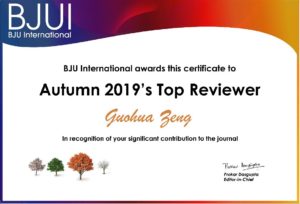 This month, BJUI continues the Four Seasons Peer Reviewer Award recognising the hard work and dedication of our peer reviewers. Each quarter the Editor and Editorial Team select an individual peer reviewer whose reviews over the last 3 months have stood out for their quality and timeliness.
This month, BJUI continues the Four Seasons Peer Reviewer Award recognising the hard work and dedication of our peer reviewers. Each quarter the Editor and Editorial Team select an individual peer reviewer whose reviews over the last 3 months have stood out for their quality and timeliness.
The Autumn Crown goes to Prof. Guohua Zeng.
Prof. Zeng is Vice-director of the First Affiliated Hospital of Guangzhou Medical University, Vice-Chair of the Urolithiasis section of CUA, President of Guangdong Provincial Urological Association, Co-chairman and Secretary General of International Alliance of Urolithiasis (IAU) and Director of the Endourology Society Certified Fellowship Program. He specialises in endourology and has finished more than 15000 endourological procedures including all kinds of PCNLs, rigid URS and RIRS procedures and Uro-laparoscopic procedures.
Prof. Zeng and his colleagues created a unique mini-PCNL technique, namely Chinese Mini-PCNL. More than 32000 Chinese Mini-PCNLs surgeries have been performed by Prof. Zeng and his team with good clinical outcomes. He also invented a new minimally invasive technique in the treatment of middle size renal stones, called “Super-Mini-PCNL (SMP)”.
Serving the position as the Director of Endoscopic Training Centre, Ministry of Health, PRC, Prof. Zeng has led and organized more than 330 endourological stone management workshops. At least 3100 Chinese residents and more than 60 international residents from 51 countries including USA, Italy, UK,,Germany have been trained in his Endoscopic training center.
In 2012, Prof. Zeng, Prof Zhangqun Ye, and Prof Kemal Sarica set up an international organization specialising in Urolithiasis, named as the International Alliance of Urolithiasis (IAU). So far more than 512 stone disease doctors from 65 countries have become IAU members. Seven IAU annual conferences were held in China, Nepal, India and Turkey in November each year. IAU will provide an academic exchange platform for all stone disease doctors in the world.
Prof. Zeng has gained 5 research projects for stone disease from National Natural Science Foundation. More than 120 academic papers have been published in SCI-indexed journals and 14 books about stone disease have been published.
Residents’ podcast: NICE guidelines: Urinary tract infection
Nikita Bhatt is a Specialist Trainee in Urology in the East of England Deanery and a BURST Committee member @BURSTUrology
NICE guideline: Urinary tract infection (lower): antimicrobial prescribing
This guideline sets out an antimicrobial prescribing strategy for lower urinary tract infection (also called cystitis) in children, young people and adults who do not have a catheter. It aims to optimise antibiotic use and reduce antibiotic resistance.
See also the following related NICE guidelines: Complicated UTIS; and Sepsis
BJUI Podcasts now available on iTunes, subscribe here https://itunes.apple.com/gb/podcast/bju-international/id1309570262

